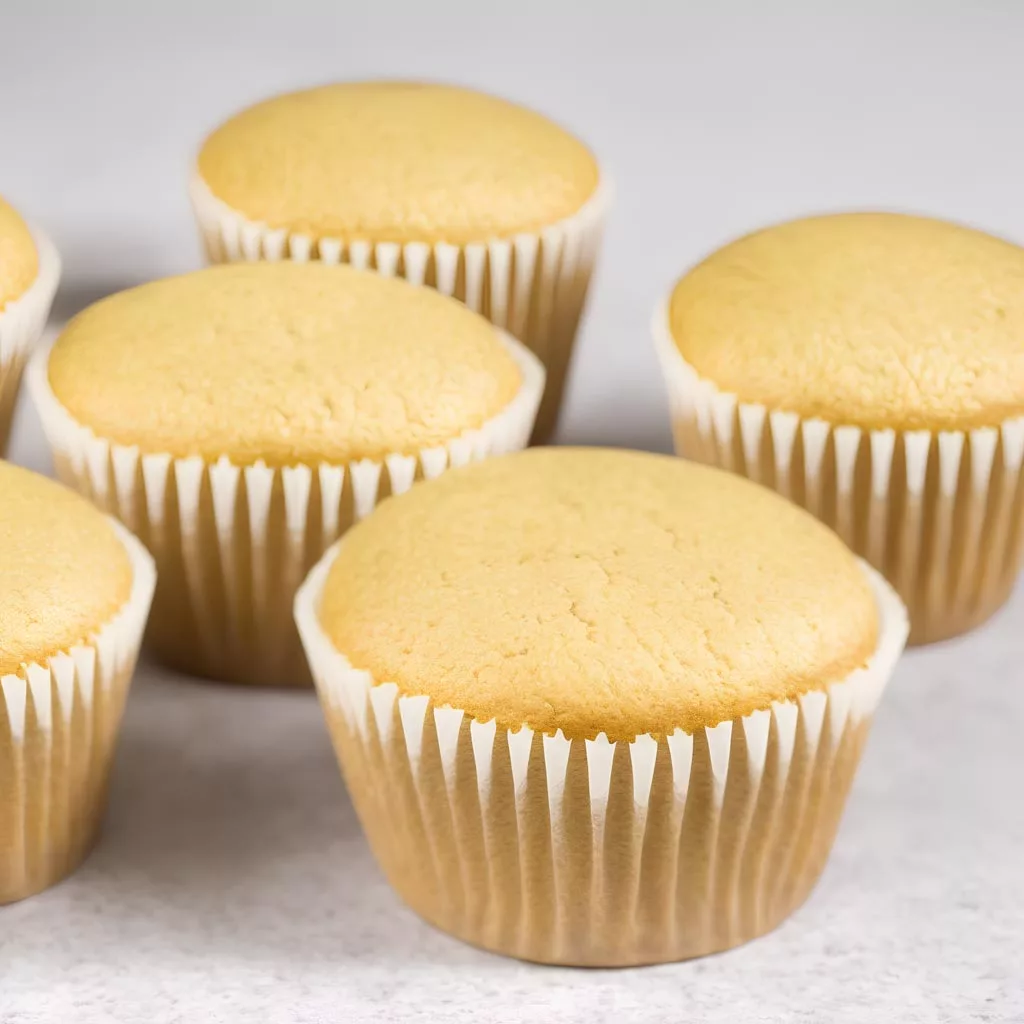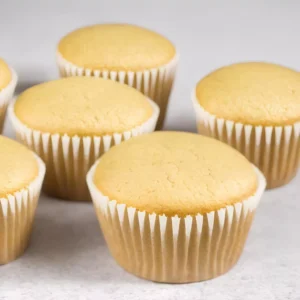
Welcome to the world of baking where we’re going back to basics with a timeless favorite: Basic Cupcakes. This recipe is a cornerstone for any budding baker, offering a simple yet delicious treat that’s perfect for any occasion.
Whether you’re hosting a birthday party, a casual gathering, or simply craving a sweet indulgence, these cupcakes are sure to delight.
Originating from humble beginnings, the basic cupcake has stood the test of time, becoming a staple in kitchens around the world. Its simplicity allows for creativity to flourish, with endless possibilities for flavor variations and decorations.
Despite its uncomplicated nature, mastering the perfect cupcake requires attention to detail and a touch of finesse, making it an ideal recipe for both beginners and experienced bakers alike.
Crafted with just a handful of pantry staples, including butter, sugar, eggs, flour, baking powder, and a dash of milk, these cupcakes embody the essence of homemade goodness.
The combination of creamy butter and delicate sugar creates a light and fluffy texture, while the addition of eggs lends richness and structure. Sifted self-raising flour ensures a tender crumb, while a hint of baking powder provides the perfect rise. Finished with a touch of milk for moisture, these cupcakes are a true testament to the beauty of simplicity.
Expert Tip: For extra flavor, add a teaspoon of vanilla extract or your favorite extract to the batter before mixing.
Butter Unsalted: Butter adds richness and flavor to the cupcakes, resulting in a moist and tender crumb.
Sugar Caster: Caster sugar helps to sweeten the cupcakes and contributes to their light and airy texture.
Eggs: Eggs provide structure and richness to the cupcakes, helping them to rise and maintain their shape during baking.
Self-Raising Flour: Self-raising flour contains leavening agents that help the cupcakes to rise, resulting in a light and fluffy texture.
Baking Powder: Baking powder further enhances the rise of the cupcakes, ensuring they are light and airy.
Milk: Milk adds moisture to the cupcakes, keeping them soft and tender.
Expert Tip: Use an ice cream scoop or a measuring cup to portion the batter evenly into the cupcake cases for uniform cupcakes.
Serve these Basic Cupcakes plain for a simple and satisfying treat, or get creative with your favorite frosting and decorations. Here are some serving suggestions to elevate your cupcake experience:
No matter how you choose to serve them, Basic Cupcakes are sure to be a hit at any gathering or celebration.
Expert Tip: Ensure all ingredients are at room temperature before starting to ensure proper incorporation and a smooth batter.
Yes, you can use salted butter, but keep in mind that it may affect the overall flavor of the cupcakes. Adjust the amount of additional salt in the recipe accordingly.
Yes, you can substitute all-purpose flour, but you will need to adjust the amount of baking powder used. For every cup of all-purpose flour, add 1 1/2 teaspoons of baking powder.
Store leftover cupcakes in an airtight container at room temperature for up to three days, or in the refrigerator for up to one week. Bring them to room temperature before serving for the best taste and texture.
Yes, you can freeze cupcakes for up to three months. Allow them to cool completely, then wrap them individually in plastic wrap and place them in a freezer-safe container. Thaw them in the refrigerator overnight before serving.
To prevent cupcakes from sinking, make sure not to overmix the batter and avoid opening the oven door too often while they are baking. Additionally, ensure that your baking powder is fresh and that your oven is preheated properly.
Here are some more recipes for you to enjoy! If you my recipes don’t forget to rate and leave a comment.
If you have any recipe suggestions, please do not hesitate to ask me. A great way to stay in contact with me is through Instagram, Facebook, Twitter and YouTube. Don’t forget to tag me @CookwithNabeela in your recipe photos!

Subscribe now to receive my latest recipes directly in your inbox. Stay up-to-date and never miss out!

I love to cook! I want to share with you my favourite, delicious family-friendly recipes. I want to inspire you to create fantastic food for your family every day.
Add your first comment to this post